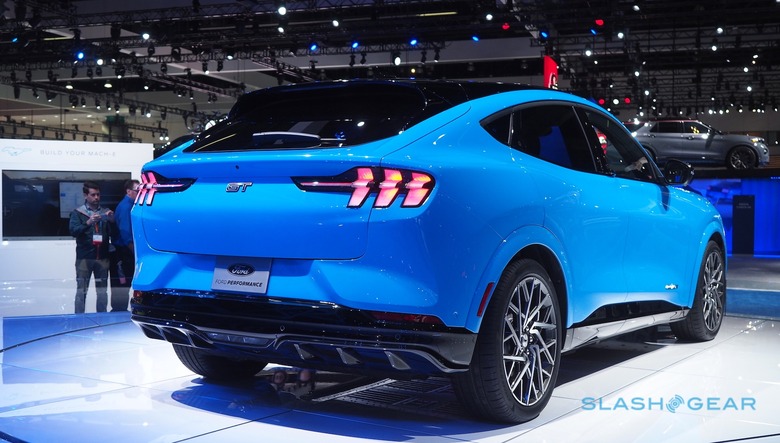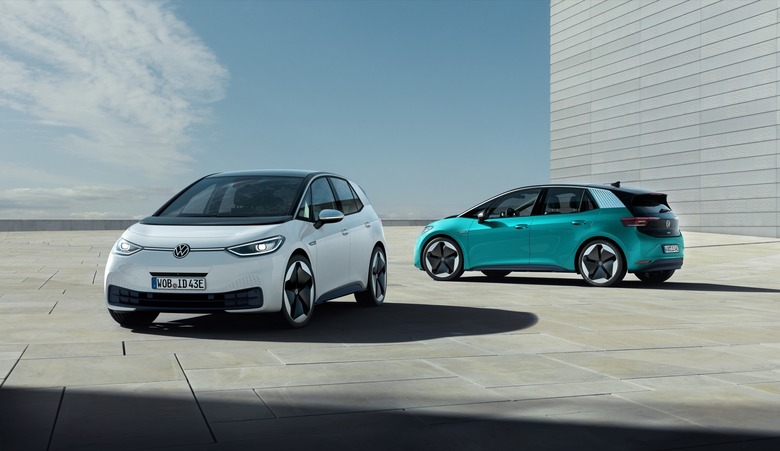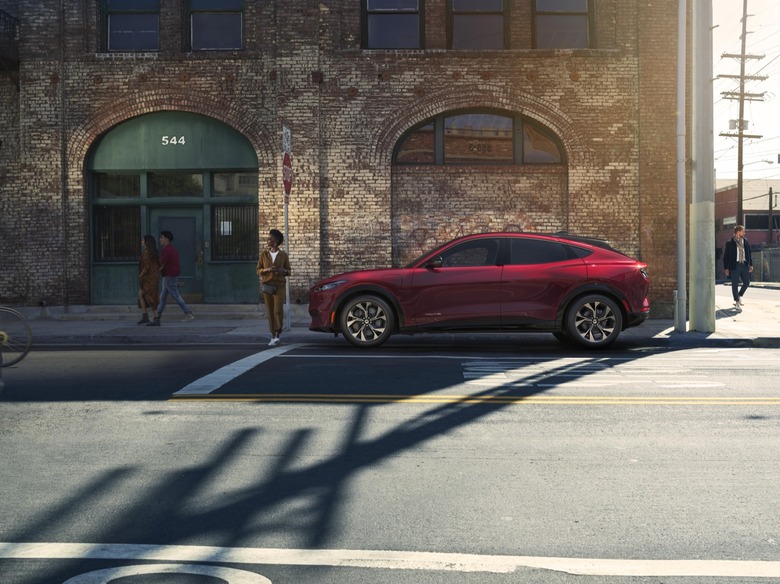Ford Baby Mustang Mach-E Plans See A Smaller SUV With VW's Help
Ford is already planning a smaller version of its Mustang Mach-E all-electric crossover, but while the first EV uses a homegrown platform, the American automaker will be looking to German assistance for its baby sibling. Unveiled in November, the 2020 Mustang Mach-E saw the iconic pony car name expand to include an SUV for the first time, but that's only the start of it.
Ford has been upfront about its intentions to reinvent its lineup with more electrification and a general shift toward utility and truck vehicles. Having already confirmed that it will strip most sedans and hatchbacks from its range, in favor of crossovers and SUVs, it's also looking to make them more green.

With a profile inspired by a Mustang coupe, but with seating for five – plus space their luggage – in an airy and spacious cabin, the Mustang Mach-E proved controversial from the get-go. Ardent Ford fans struggled to accept "diluting" the nameplate with a new model, while EV enthusiasts welcomed another option with competitive range. Ford's reservations system opened up in late November, though deliveries of the car aren't expected to begin until late 2020.
Those who like the idea but don't quite need the size, however, may soon have another option to consider. Ford is looking to make the Mustang Mach-E into a family of EVs, AutoExpress reports, though moving forward it will rely on platform sharing with Volkswagen to streamline production.
The current car uses a platform of Ford's own devising, with a larger electric rear motor as standard, and the option of a smaller electric front motor to enable all-wheel drive. However the smaller version of the Mustang Mach-E that Ford execs apparently have in mind would use Volkswagen's MEB platform. That's the electric car architecture that underpins the new VW ID.3 hatchback, and will go on to form the basis of vehicles from Audi, VW, and others in the group.

Key to MEB is its flexibility. Volkswagen designed the platform to support a huge variety of vehicles, whether they're short cars intended for urban environments, big SUVs with three rows of seats, or more unusual models like electric dune buggies or camper-vans. It can be configured with either front, rear, or all-wheel drive, and with a variety of battery packs slung low in the floorpan underneath the cabin, to control range, weight, and price.
Even so, according to sources within Ford and VW's technical negotiations, MEB has still forced some design considerations for the baby Mach-E. Called out is the area around the leading edge of the windshield: VW pushed that closer to the front of the car, maximizing internal space atop the dashboard. In the ID.3, for example, that area is used for the car's augmented reality head-up display.

Problem is, Ford's design goal with the Mustang Mach-E – and, presumably, for any addition to that family moving forward – was the so-called dash-to-axle ratio. That's the distance between the front axle and the dashboard: when it's longer, it gives a vehicle a stretched hood and a more dynamic stance. Ford designers have cited that as one of the key ways they differentiated the EV from rivals, even having torn up the original plans for the car's profile and reworked it so as to give it more of that sporting Mustang silhouette.
The good news is that negotiations between the two companies apparently came up with a way to address Ford's styling needs and the nature of VW's platform. Exactly when the MEB-based Ford will arrive is unclear, though while it will look different to the 2020 Mustang Mach-E it will apparently also be a crossover, most likely.
